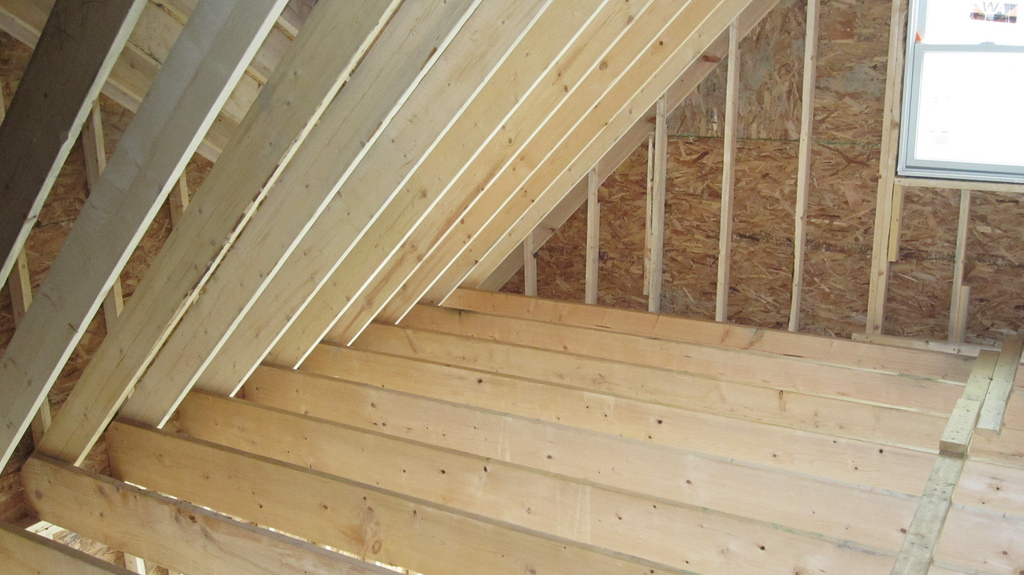 Attic ventilation is important for several different reasons. It helps regulate roof temperatures (which prolongs the life of the roof), reduces the chance of ice dams forming, and it allows the moist, humid air from inside the home to escape. When roofs and attics are completely blocked off with no ventilation, the humid air will build up inside the home, leading to the growth of mold, mildew and bacteria.
Attic ventilation is important for several different reasons. It helps regulate roof temperatures (which prolongs the life of the roof), reduces the chance of ice dams forming, and it allows the moist, humid air from inside the home to escape. When roofs and attics are completely blocked off with no ventilation, the humid air will build up inside the home, leading to the growth of mold, mildew and bacteria.
The Threat of Water Damage
But there’s a downside to attic ventilation: the possibility of water entering the attic and damaging the home. Severe rainstorms and hurricanes can drive water through the attic ventilation where it damages the surrounding insulation, carpet, wooden floors, beams and structures, and pretty much anything else it comes into contact with. Damage such as this can easily cost tens of thousands of dollars to repair, and depending on your policy, standard homeowner’s insurance may not cover it.
Does this mean you should close off ventilation systems in your attic to protect your home against moisture damage? Not necessarily, but you should remain conscious of where the vents are located. When a severe storm rolls through, check the ventilation systems to ensure they are dry and not allowing water to enter the attic. Even small amounts of water entering through the vents is a troubling sign that must be addressed.
Common Types of Attic Ventilation
- Softit vents
- Ridge vents
- Gable vents
- Off-ridge vents
- Turbines
If your attic features softit vents, perform a visual inspection around your home to check for signs of damage. Typically, softits are constructed out of plywood or hardwood materials. While these materials are effective at securing them in place, they can also break or even rot when exposed to the moisture. Allowing a rotted softit to remain on the exterior of your home is just asking for trouble, as water can easily blow through it and into the attic.
Don’t assume that storms are the only time for water to enter attic ventilation systems. Winter frost can accumulate on and around the roof, dripping into the vents as it melts. Snow, ice and frost can buildup in cracks and crevices along the roof, and once the sun comes out, it begins to melt and drip through the attic ventilation systems.
Have you experienced water entering your attic through ventilation systems? Let us know in the comments section below!